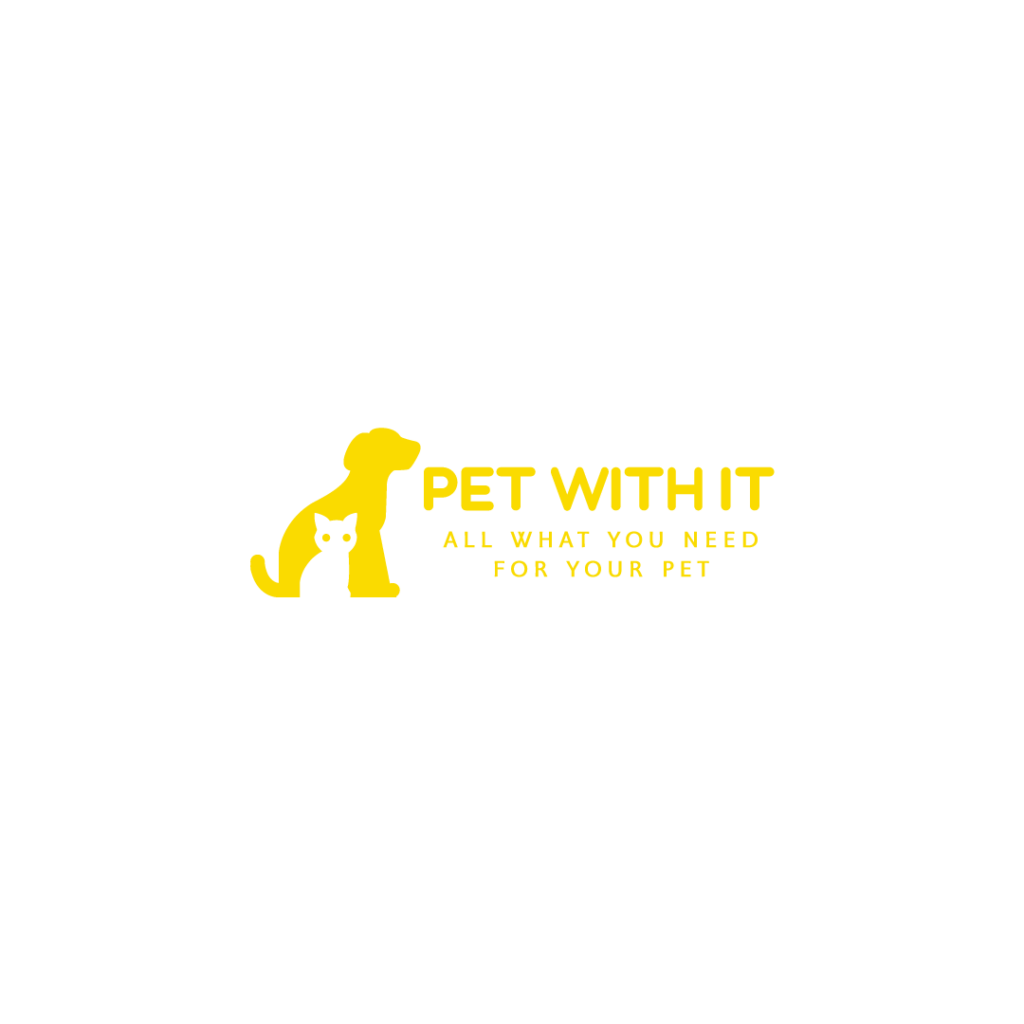Can Dogs Eat This

Many people think that because a food is safe for humans, it must be safe for dogs. But that’s not always the case. In fact, there are many common foods that can be dangerous—even deadly—for dogs. We have listed some of the common food where pawrents ask, can dogs eat this.
So, what should you do if you’re not sure whether a food is safe for your dog? The best thing to do is to consult your veterinarian. They will be able to give you specific advice for your dog based on their health and history.
Can Dogs Eat Banana

Bananas are safe for dogs to a certain extent. It is rich in potassium, vitamins, and fiber, all of which are good for your dog. However, they also contain sugar and calories, so you should only give them to your dog in moderation.
If you do give your dog a banana, make sure to remove the peel first. The peel can be hard for them to digest and may cause an upset stomach. You should also cut the banana into small pieces so your dog doesn’t choke on it.
Can Dogs Eat Strawberries

While most fruits are safe for dogs to eat, there are a few that should be avoided. strawberries are one of those fruits.
Strawberries contain a substance called xylitol, which is toxic to dogs. Even a small amount of xylitol can cause low blood sugar and liver damage in dogs.
Can Dogs Eat Mangoes

Mangoes are a sweet and delicious treat that dogs love. However, before you give your dog a mango, there are a few things you should know. It contains a substance called persin, which is toxic to dogs. While the flesh of the fruit is safe for your dog to eat, the pit and skin contain high levels of persin and can be dangerous if ingested.
If you do decide to give your dog a mango, make sure to remove the pit and skin first. Give your dog only a small amount of mango at first to see how they react.
Some dogs may be allergic to mangoes, so it’s important to watch for any signs of discomfort after eating them.
Can Dogs Eat Cheese

There are many different types of cheese, and not all of them are safe for dogs. Some common cheeses that are safe for dogs include cheddar, mozzarella, and Swiss. However, there are some cheeses that should be avoided, such as bleu cheese, brie, and Camembert. These cheeses can contain harmful bacteria that can make your dog sick. If you’re unsure whether or not a particular cheese is safe for your dog, it’s always best to err on the side of caution and avoid giving it to them.
Can Dogs Eat Tomato

Yes, tomatoes are safe for dogs to eat. In fact, they are a good source of vitamins A and C. However, as with any food, you should give your dog only a small amount at first to see how he or she reacts. Also, make sure the tomato is ripe and free of any pesticides before feeding it to your pup.
Can Dogs Eat Grapes

Some grapes and raisins can be safe for dogs to eat, but it depends on the type of grape and how it is processed. For example, green grapes are generally safe for dogs to eat, but raisins made from these grapes may not be.
Can Dogs Eat Apple
Yes, apples are safe for dogs to eat. In fact, they’re a good source of fiber and vitamins A, B, and C. Just be sure to remove the core and seeds before feeding your dog an apple, as they can be poisonous to dogs.

Can Dogs Eat Orange

In general, oranges are safe for dogs to eat. However, the seeds, stems, and leaves of the orange plant can be toxic to dogs if consumed in large quantities. If your dog does eat any part of the orange plant, watch for signs of gastrointestinal distress such as vomiting or diarrhea.
Can Dogs Eat Cucumber

Cucumbers are a great source of hydration for your dog and are also low in calories. When feeding your dog cucumbers, make sure to remove the seeds and peel the skin off first. Cucumbers are safe for dogs to eat in moderation.
Can Dogs Eat Eggs

Eggs are a great source of protein for dogs and are generally safe for them to eat. However, there are a few things to keep in mind.
First, eggs should be cooked before feeding them to your dog. Raw eggs can contain bacteria that can be harmful to dogs.
Second, the eggshells should be removed before giving them to your dog. The shells can be sharp and could cause digestive issues.
Finally, if you are feeding your dog raw egg whites, make sure to balance it out with some yolk as well. The whites can cause an imbalance in a dog’s diet.
As with any new food, start by giving your dog only small amounts to see how they react before feeding them more. Some dogs may be allergic to certain foods or have trouble digesting them, so it’s always best to err on the side of caution when introducing new foods into their diet.
f you loved this article, you will also love reading our eBook Dubai Ruff Guide
You will also like to read:
- Best Luxury Dog Bed
- Best Dog Hiking Gear (What You Should Get to Hit The Trails With Your Best Friend)
For more furry destinations, latest blogs, events, and providers you can stay updated by following us on Instagram and signing up for our newsletters.
